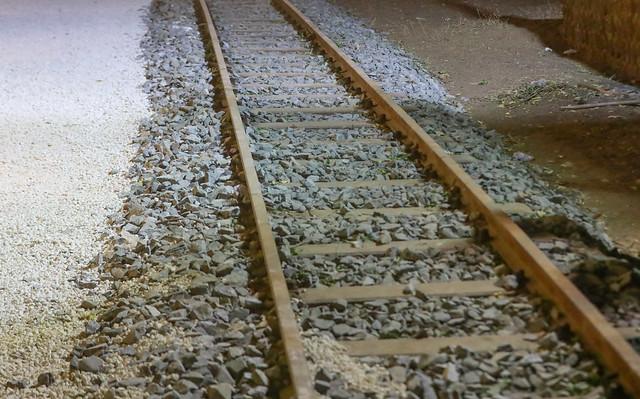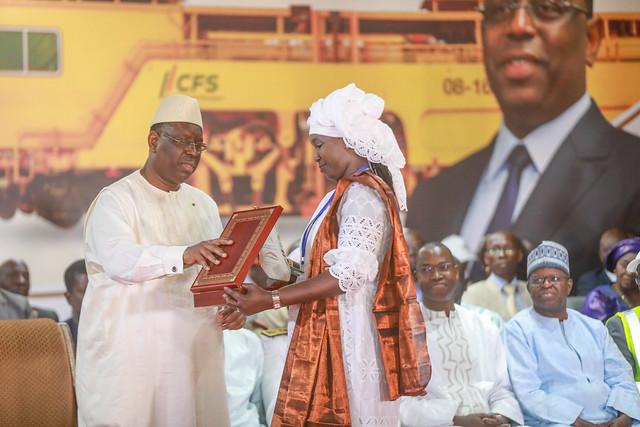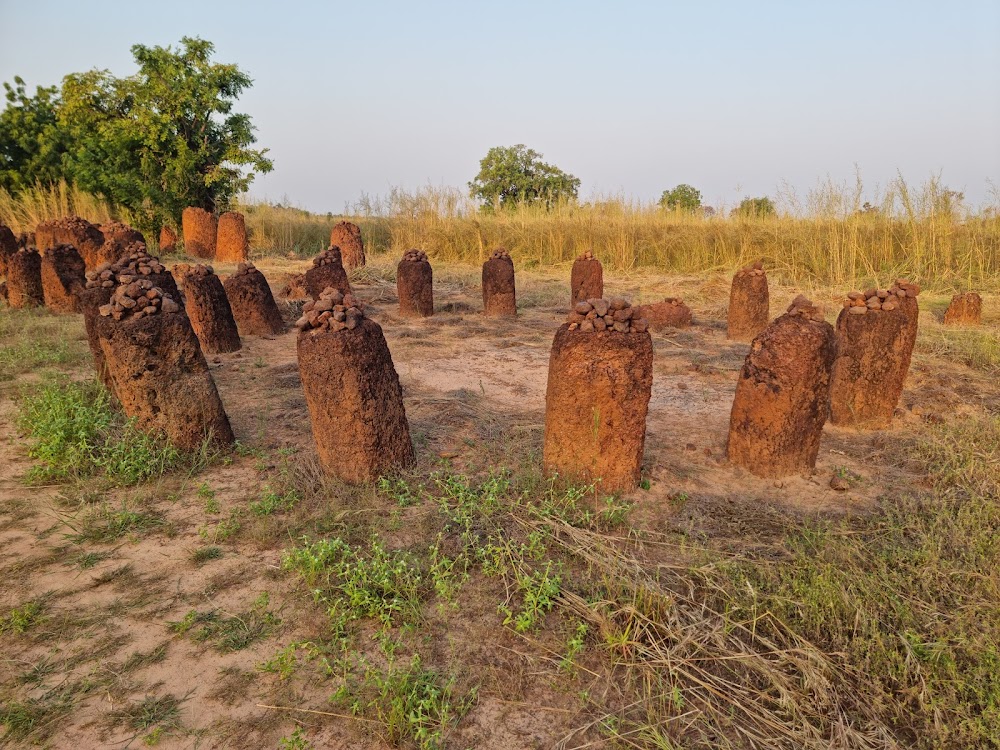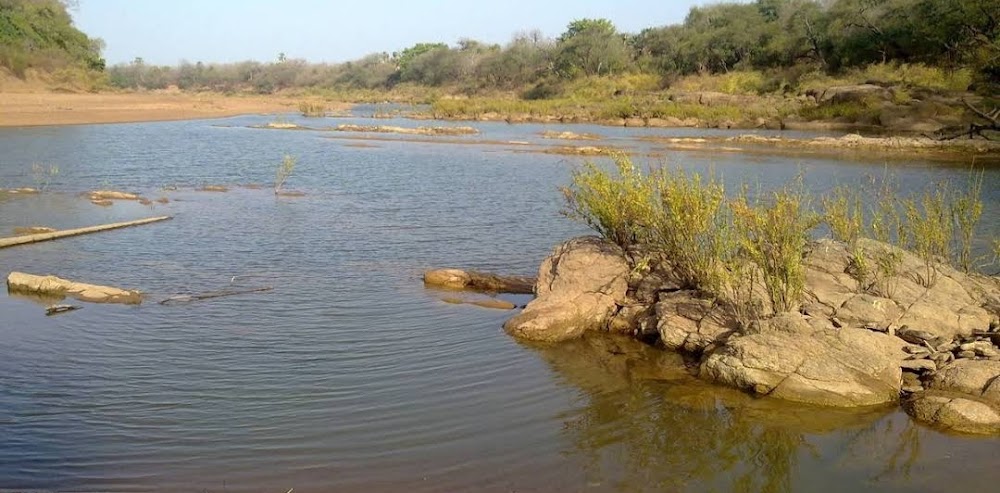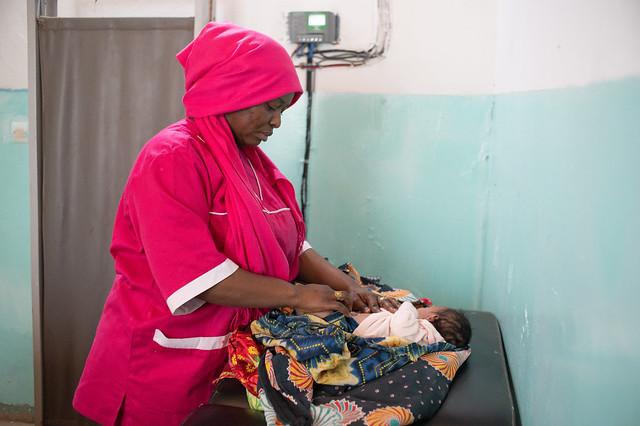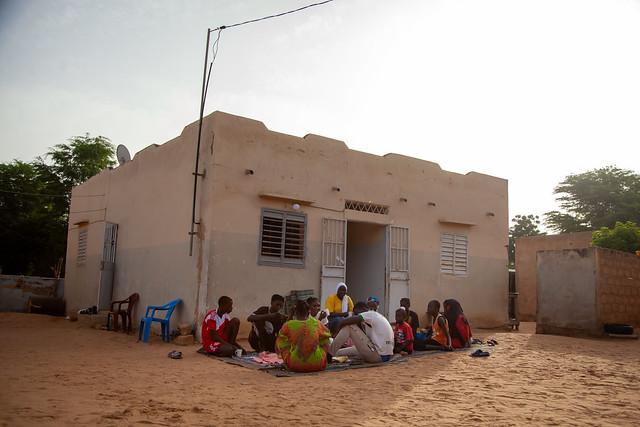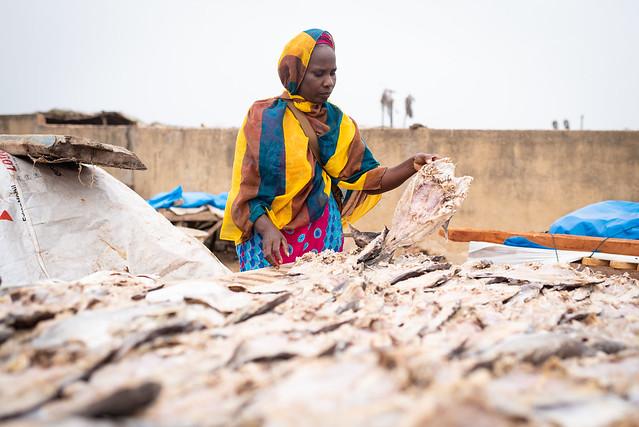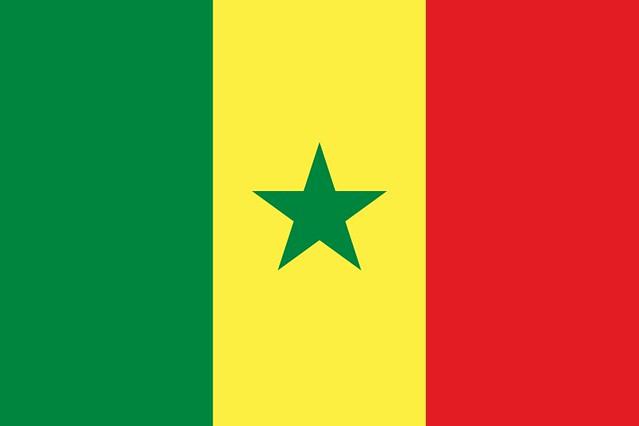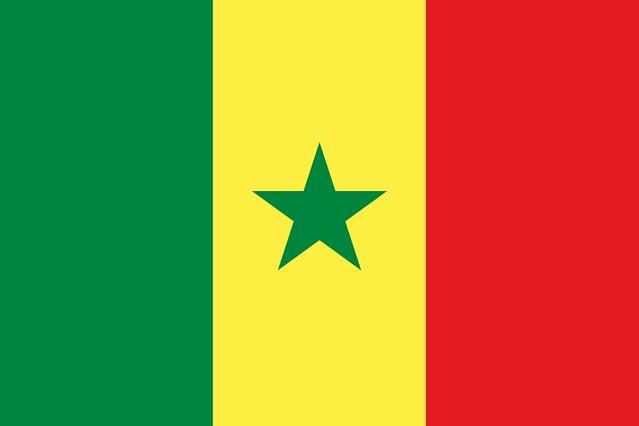Tambacounda Region
Overview
Overview of Tambacounda Region, Senegal
Tambacounda Region, situated in the eastern part of Senegal, offers a stark contrast to the bustling coastal cities with its expansive landscapes and rich cultural heritage. This region is characterized by its diverse ecosystems, including the verdant Niokolo-Koba National Park, a UNESCO World Heritage site renowned for its wildlife and natural beauty. The culture in Tambacounda is deeply rooted in the traditions of various ethnic groups such as the Bassari, Bedik, and Peulh, each contributing to the region's unique cultural tapestry through their distinct languages, music, dance, and customs. The local cuisine also reflects this diversity, offering a blend of flavors that are both intriguing and delightful to explore.
Tourism High Season and Activities
The best time to visit Tambacounda is during the dry season, which runs from November to May. During this period, the weather is typically dry and warm, making it ideal for exploring the outdoors. The cooler months from November to February are particularly pleasant. This is the perfect time to visit attractions like the Niokolo-Koba National Park, where you can go on safari tours to see elephants, lions, and a variety of other wildlife. Bird watching is also spectacular here, especially near the Gambia River. Cultural festivals and local markets during these months provide a great opportunity to experience the local traditions and purchase unique crafts.
Preparation for Travel
Travelers planning a trip to Tambacounda should prepare for a range of outdoor activities and variable weather. It is advisable to pack lightweight, breathable clothing for the day and warmer layers for cooler evenings. Since the region is largely rural and less developed, carrying essentials such as a good supply of water, snacks, sunscreen, insect repellent, and a first-aid kit is crucial. Vaccinations for diseases like hepatitis A and typhoid are recommended, and anti-malarial prophylaxis might be necessary depending on the time of year and specific areas visited. Lastly, learning a few phrases in French, which is Senegal's official language, can greatly enhance interactions with local residents, who are generally friendly and welcoming to visitors.
How It Becomes to This
History not available

Places in Tambacounda Region
Explore the most popular attractions and landmarks
You May Like
Explore other interesting states in Senegal
Discover More Area
Delve into more destinations within this state and uncover hidden gems.


